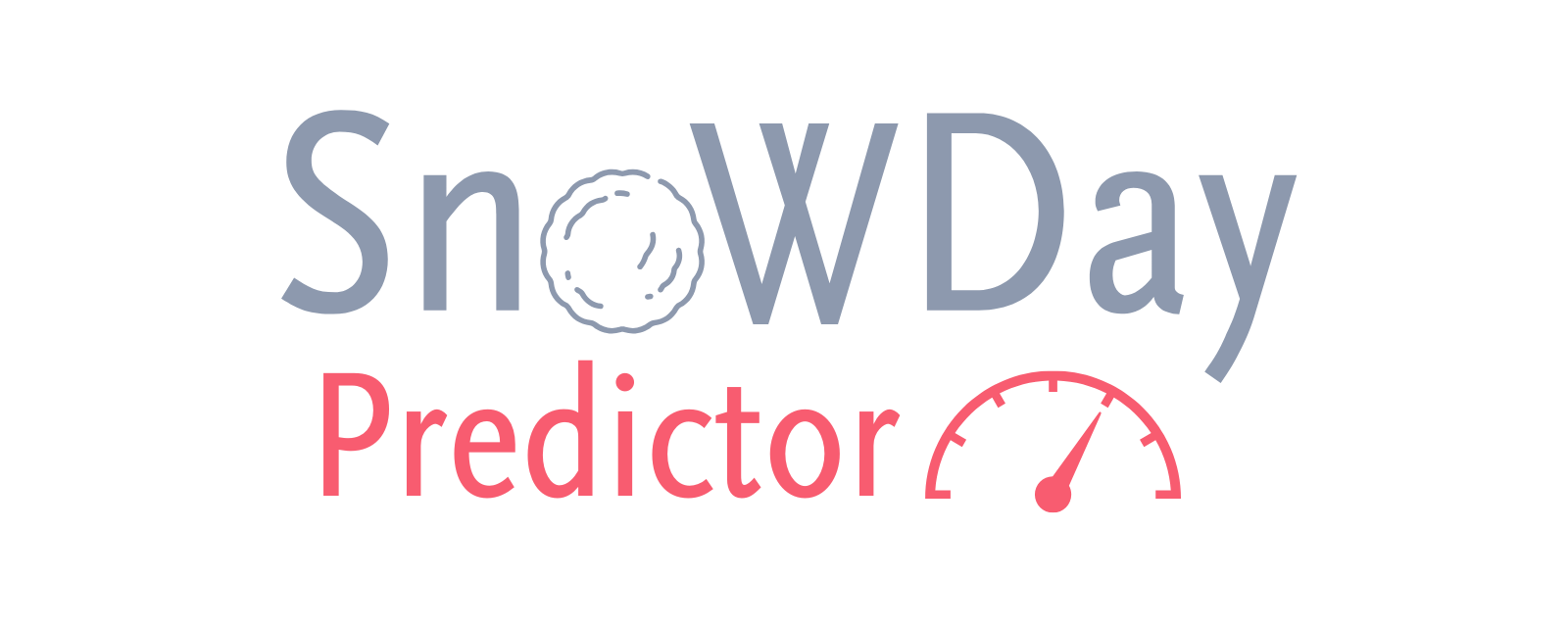Forecasting Methodology
Last updated: October 6, 2025
Snow Day Predictor gives a 0–100% chance that schools in your area will close tomorrow because of winter weather. This page explains, in simple terms, how we make that number.
What we predict
- A single probability for school closure tomorrow.
- Coverage across Canada, with adjustments for local patterns.
- Granularity at postal-code or nearby community level (where data allows).
The data we look at
We combine a few weather signals that strongly affect school operations:
- How much snow is expected, and how fast it falls (especially during the morning commute).
- Freezing rain or ice risk.
- Wind and visibility (blowing snow and squalls).
- Temperature and refreeze after rain.
- Local context like school calendars and urban vs. rural bus routes.
How we turn data into a probability
- We score each signal (e.g., heavy snow or ice adds more risk).
- Some factors matter more during commute hours.
- We adjust for local climate (coastal storms, lake-effect, prairie cold, mountains).
- The score is converted into a probability that is easy to read (0–100%).
How often we update
- We refresh the forecast multiple times per day as new weather runs arrive.
- If the weather changes, the probability can change too.
What the number means
- 40–60%: Watch for updates. Conditions could tip either way.
- 60–80%: Higher chance—start planning.
- 80%+ : Strong signal—check official board channels.
Limits you should know
- Weather can shift quickly at the neighbourhood level (especially lake-effect and squalls).
- Final decisions are made by school boards, not by us.
- Rural bus-only cancellations are separate in some regions and may differ from closures.
- Use our result as guidance, and always confirm with your local board.
